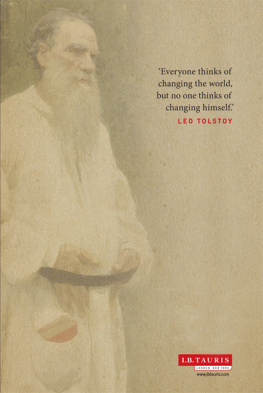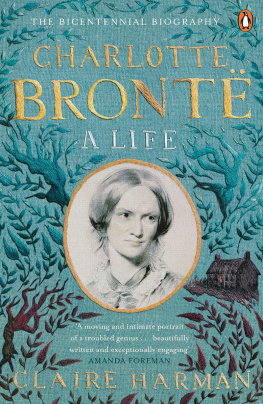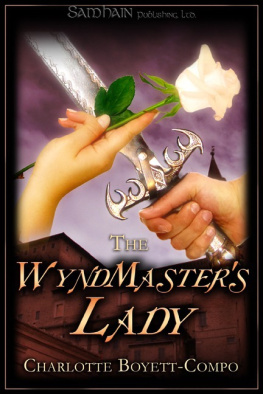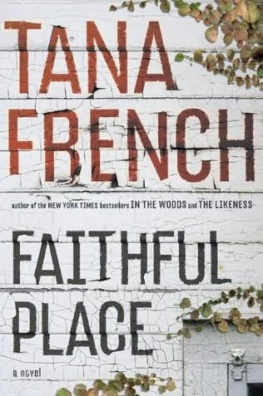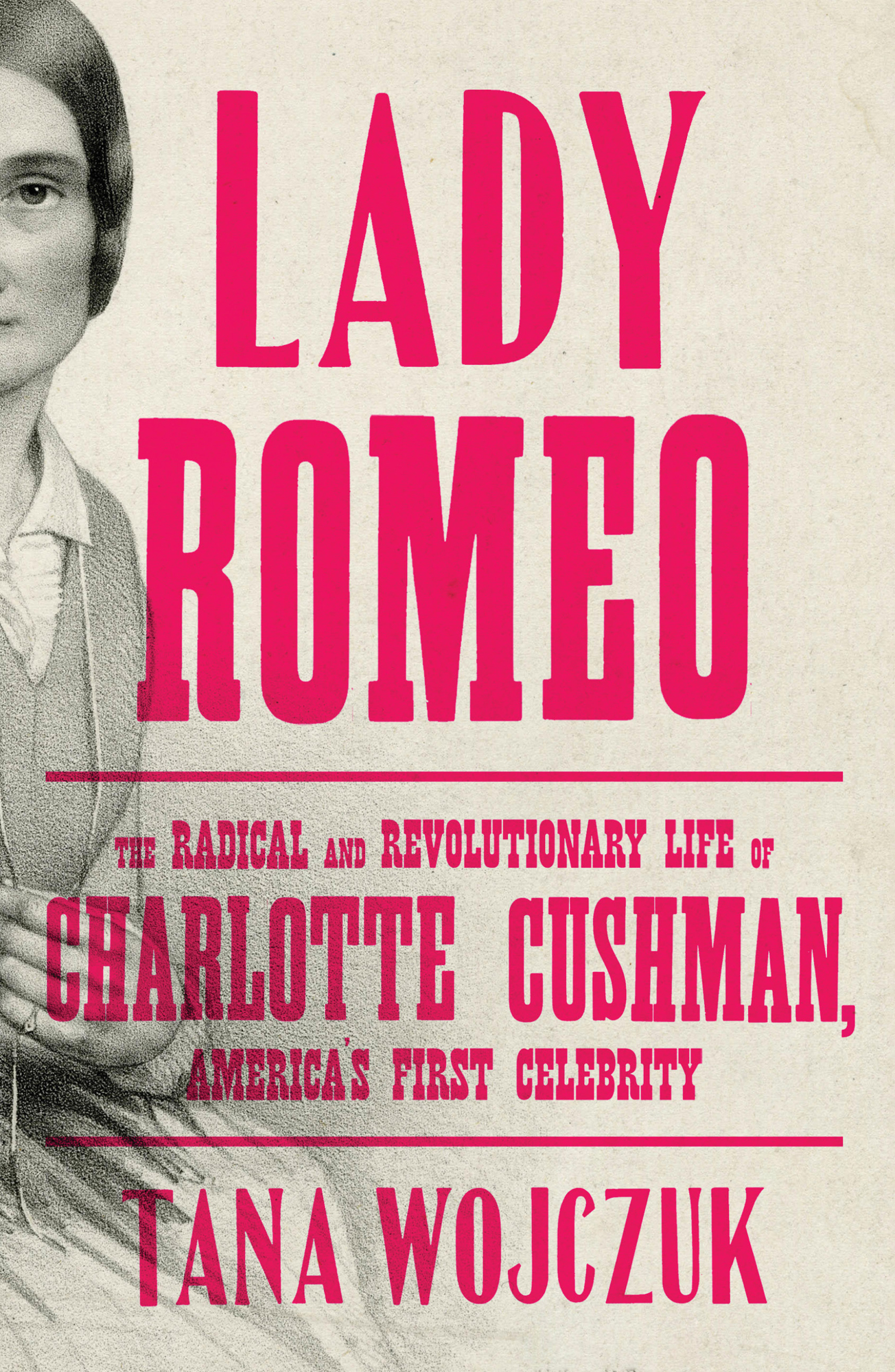Contents
Guide

Avid Reader Press
An Imprint of Simon & Schuster, Inc.
1230 Avenue of the Americas
New York, NY 10020
www.SimonandSchuster.com
Copyright 2020 by Tana Wojczuk
All rights reserved, including the right to reproduce this book or portions thereof in any form whatsoever. For information, address Avid Reader Press Subsidiary Rights Department, 1230 Avenue of the Americas, New York, NY 10020.
First Avid Reader Press hardcover edition July 2020
AVID READER PRESS and colophon are trademarks of Simon & Schuster, Inc.
For information about special discounts for bulk purchases, please contact Simon & Schuster Special Sales at 1-866-506-1949 or .
The Simon & Schuster Speakers Bureau can bring authors to your live event. For more information or to book an event, contact the Simon & Schuster Speakers Bureau at 1-866-248-3049 or visit our website at www.simonspeakers.com.
Interior design by Lewelin Polanco
Jacket design by Na Kim
Jacket artwork by Chronicle / Alamy Stock Photo
Author photograph Beowulf Sheehan
Library of Congress Cataloging-in-Publication Data has been applied for.
ISBN 978-1-5011-9952-3
ISBN 978-1-5011-9955-4 (ebook)
For my family
It is that which is under pressure, particularly the pressure of concealment, that explodes into poetry.
Adrienne Rich
prologue

T he crown was made of pale green laurel, fit for a Caesar, and tied with a white ribbon to symbolize royalty. A handsome young actor carried it onstage on a cushion of purple velvet. Charlotte had chosen a simple dress for the occasion, in a gray silk that matched the steel in her hair. Now in her late fifties, Charlotte had already spent a lifetime being judged by the press, who found her lantern jaw ugly but her performances electrifying. One friend said her mouth was like the Arc de Triomphe (it was both a jibe and a compliment). As she greeted the audience, her large, deep-set gray eyes lit up with pleasure.
She is the rage. Gentlemen reproduce the color of her favorite mulberry morning gown in their scarves and cravatsladies emulate each other in exactly copying the motion of her hips as she walks the stage, reported the New York Tribune, the press follow her from the first preparatory hem! of her entrance to the final movement of her embroidered handkerchief as she soothes the tragedy-startled rouge upon her cheek.
It was November 1874, and it felt as though all New York City were crowded into Booths Theatre for Charlotte Cushmans farewell performance. An enormous crystal chandelier presided over the grand room, the beautifully dressed men and women crushed and breathless below. Edwin Booth, who owned the theatre, had hung red, white, and blue drapery in honor of Charlotte, the American Queen of Tragedy. New Yorks wealthy, famous, and powerful sat in the box seats, crushed against blue velvet, or leaned, smoking, against Grecian pillars that shone richly with golden gilt. Politicians joined socialites and actors: Governor of New York John Adams Dix; Governor-elect Samuel Tilden; Mayor Havemeyer and his successor, William Wickham, who was negotiating with the French over how much their Statue of Liberty should cost New Yorkers; railroad magnate Cornelius Vanderbilt; and Peter Cooper, inventor of the steam engine and founder of Cooper Union. Above them dangled clinging vines and branches of artificial grapes.
Standing on the apron of the stage, Charlotte could see thousands of fans crowding excitedly into every available space in the theatre. They stood along the aisles at the back, and in the galleries they leaned precariously over the railings. At a signal from the orchestra the audience turned their faces up to be beatified. Tonight, Booths Theatre was a place of worship.
Charlotte, however, could see the machinery behind the marvel. She could see the musicians watching her from the sunken orchestra pit, a new innovation in theatre. Booths boasted other new technologies, like a sprinkler system to douse overzealous special effects, hydraulic lifts to move scenery, electric spotlights, and forced-air heating.
That night, Charlotte bookended her career by performing the same role she had made her debut in forty years earlier, Lady Macbeth. Throughout her career she had given Shakespeares characters new life, keeping Shakespeare himself alive when his work could have become a dead thing on the page. She had become famous for her breeches parts, competing with male actors for mens roles over four decades: Macbeth, Cardinal Wolsey, Henry VIII, Hamlet, and especially Romeo. Though often described as mannish, even epicene, Charlotte had dazzled fans of every gender as Romeo in her brilliant red-and-turquoise tunics and skintight leggings, with a dagger strapped to her thigh.
A professor from New York College read an ode by Richard Stoddard written in Charlottes honor. It was called Salve Regina, translated as Hail Holy Queen, and modeled on a hymnal of the same name. Shakespeare! the poem began, invoking the god of the theatre. Honor to him and her who stands his grand interpreter. Stepped out of his broad page upon the living stage.
Another speech, this time by American literary critic and poet William Cullen Bryantwhite-haired and white-bearded, the elder statesman of arts and letters and the powerful editor of the New York Evening Post. To Bryant and the assembled elite of New York society, Charlotte was Americas bright, particular star, and its most profitable commodity. To the working-class audience whod waited in line for hours to buy tickets, she was our Charlotte. Everyone was so familiar with Charlottes work Bryant did not have to list her famous roles by name. Then the Arcadia Club presented Charlotte with a large bouquet of flowers, and Bryant placed the laurel wreath on her head amid a maelstrom of applause. Thus it was that in America in 1874 a fifty-eight-year-old Shakespearean actress was crowned queen.
I was, by a press of circumstances, thrown at an early age into a profession for which I had received no special education or training, Charlotte explained to the audience. I had already, though so young, been brought face to face with necessity. She spoke for once in her own words, rather than those of the Bard. To be thoroughly in earnest, intensely in earnest in all my thoughts and in all my actions, whether in my profession or out of it, became my one single idea, she continued in that unusual voice: warm, woody, and worn to splinters by years of overwork. She paused as the audience applauded. Art is an absolute mistress; she will not be coquetted with or slighted; she requires the most entire self-devotion, and she repays with grand triumphs. The theatre erupted.
Charlotte left before the applause had died away. She gathered her things, and her maid, Sallie, collected her costume. Then they left the theatre through the back door, at 23rd Street near Fifth Avenue. Edwin Booth and his colleagues had built her a bower of pine branches, sweet and herbaceous, and lithe young actors lit her way with torches. They would likely have carried her on a palanquin, but she was too stout for that. Charlotte climbed into her carriage, and collapsed against Emma with relief. Emma Stebbins had been Charlottes wife in all but name for more than two decades, even putting her own promising career as a sculptor on hold to take care of Charlotte in her illness. The press referred to Emma as Charlottes friend or companion, but they called each other by other names. Early in their courtship, Charlotte began calling Emma her Juliet and signing letters your Romeo. To friends, Charlotte referred to herself as the man of the house. Though she and Emma were not, Charlotte admitted, as passionate as they once wereCharlotte had played Romeo to more than one Juliet since theyd been togetherthey had made homes in five cities and on several continents. They had survived war, infidelity, and Charlottes celebrity. Hopefully, they would now survive Charlottes fans.



